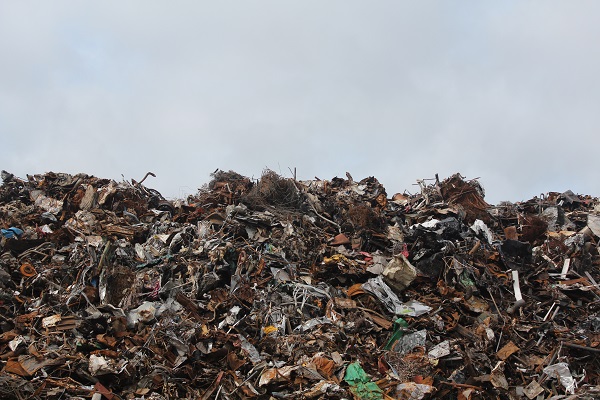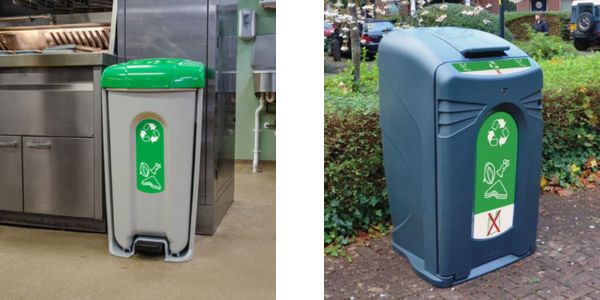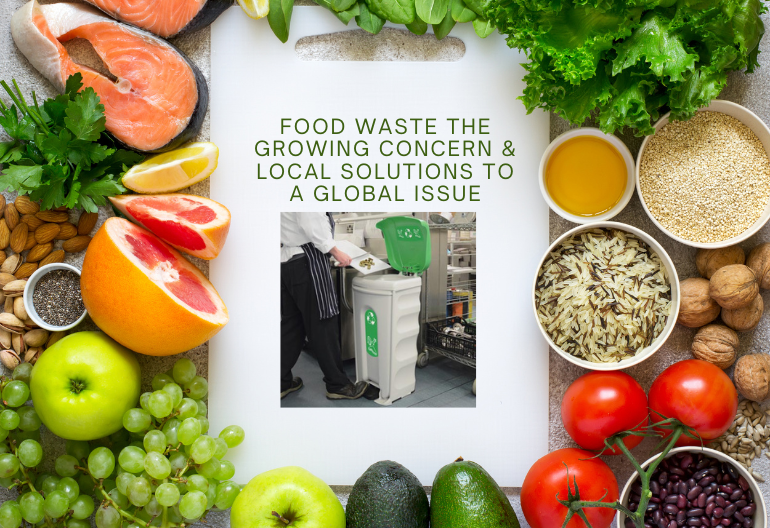With one-third of all food produced for human consumption being wasted each year, it’s clear that action needs to be taken. Not only does food waste have negative environmental impacts, but it also has social and economic consequences. So, what can be done about it?
 Let’s start by answering the question – what is “Food Waste?”. The United Nations Food and Agricultural Organization (FAO) states –
Let’s start by answering the question – what is “Food Waste?”. The United Nations Food and Agricultural Organization (FAO) states – “Food waste refers to the discard of edible foods at the retail and consumer levels, mostly in developed countries*.”
This can be any edible product or by-product that is intended for human consumption but is discarded or expired; this can come from a wide variety of sources, such as:- Prepared, perfectly edible food that has not been eaten.
- Unsold food from local markets or other retail outlets such as produce food.
- Plate waste from restaurants.
- Trimmings like food scraps from food preparation in restaurants, cafeterias, or homes; and by-products of food and beverage processing.
- By-products of industrial food/beverage processing.
What is the impact of food waste?
Food waste causes substantial global economic, social and, of course, environmental ramifications. Looking at the economics; it’s estimated that food waste costs the global economy $936 billion each year*. Socially, the majority of wastage occurs in developed countries where the impact is less noticeable with approximately 25% of all available food calories lost due to global food waste; heavily impacting developing and low-income countries where billions of people struggle to access enough food*.It is estimated that around one-third (1.6 billion tons) of all produced food is lost or wasted globally each year*.
Though, the most damaging effects are most prominent through the enormous environmental consequences. According to the United Nations Environment Programme (UNEP) Food Waste Index 2021, food waste accounts for 8-10% of global greenhouse gas emissions*, a consequence of the damaging effects provided by landfill. Unfortunately, without efficient disposal methods, a large percentage of food waste will find its way into landfill. In landfills, food of course rots and, one of the major by-products of rotting food in landfills is the production of methane – a harmful greenhouse gas that’s 25 times more potent than carbon dioxide and heats the atmosphere 80 times faster.*
What is being done?
One of the United Nation’s Sustainable Development Goals is to halve global food waste and reduce food losses in production and supply by 2030*. It aims to do this through cooperation and global partnerships between multiple agencies and across a broad range of areas*.
At a local front, businesses, governing bodies, non-governmental organisations, and consumers all have roles to play in combating food loss and waste and mitigating their far-reaching effects. But how?
As consumers, small changes to a lifestyle can go a long way. We can be more considerate about the amount of food we choose to buy to avoid wasting it; by writing a shopping list beforehand for the exact things required. We can also recycle more of the trimmings from food waste into compost like in South Korea where, since 2013, a mandatory composting scheme has been in operation meaning all food waste must be separated from general waste*.
On the other hand, businesses, governing bodies and NGOs can perform various tasks to ensure their organisation and workforce make food recycling a priority. Creating food hubs solely designated to the supply and consumption of food, educate employees on common practices to encourage recycling food waste and of course, implementing dedicated Food Waste Trash Cans.The Benefits
As mentioned, collecting food waste, of course, prevents it from entering landfill and therefore negates the harmful environmental impacts caused. But that’s not the only benefit, there are many other advantages to implementing a food waste recycling scheme.- 1. Saves Money – For businesses, as with any form of waste; limiting the amount produced and sent to landfill can sometimes mean less landfill taxes.*
- 2. Reduce Carbon Footprint – Yet again, limiting the amount of waste sent to landfill means minimising the amount of potentially harmful methane being released. This is a huge incentive for businesses, governments and NGO’s alike in efforts to meet Net-Zero targets and cut greenhouse gas emissions.*
- 3. Boosts Reputation – A great way for businesses to appeal to more clients, leverage more opportunities and even attract new employees.
his is where we fit in…
Glasdon has solutions for collecting food waste in almost any size, for any environment, internally and externally. Our purposely designed catering & food waste containers are designed for multiple areas of the food industry; from commercial restaurants to food courts but can be effortlessly introduced to any working environment to capture food waste solely and effectively. Glasdon Food Waste Containers Notable Design Features –
Glasdon Food Waste Containers Notable Design Features –- Aperture flaps to lock in and contain odours.
- Lid-operated foot pedals to improve hygienic disposal.
- Large apertures to guide waste.
- Recognisable decals to make them easily identifiable.
- Durable materials to ensure long service life.

References
*https://www.fao.org/nr/sustainability/food-loss-and-waste/en/. *https://www.weforum.org/agenda/2021/03/global-food-waste-solutions/ *https://greenly.earth/en-us/blog/ecology-news/global-food-waste-in-2022 *https://www.bcg.com/publications/2018/tackling-1.6-billion-ton-food-loss-and-waste-crisis *https://food.ec.europa.eu/horizontal-topics/farm-fork-strategy/food-loss-and-waste-prevention_en#:~:text=Food%20waste%20also%20has%20a,EU's%20overall%20food%20consumption%20footprint. *https://www.recyclenow.com/how-to-recycle/food-waste-recycling *https://www.fao.org/sustainable-development-goals/indicators/1231/en/ *https://www.fao.org/sustainable-development-goals/overview/en/ *https://earth.org/food-waste-south-korea/ *https://www.eea.europa.eu/data-and-maps/figures/typical-charge-gate-fee-and/ *https://www.un.org/en/climatechange/net-zero-coalition/


